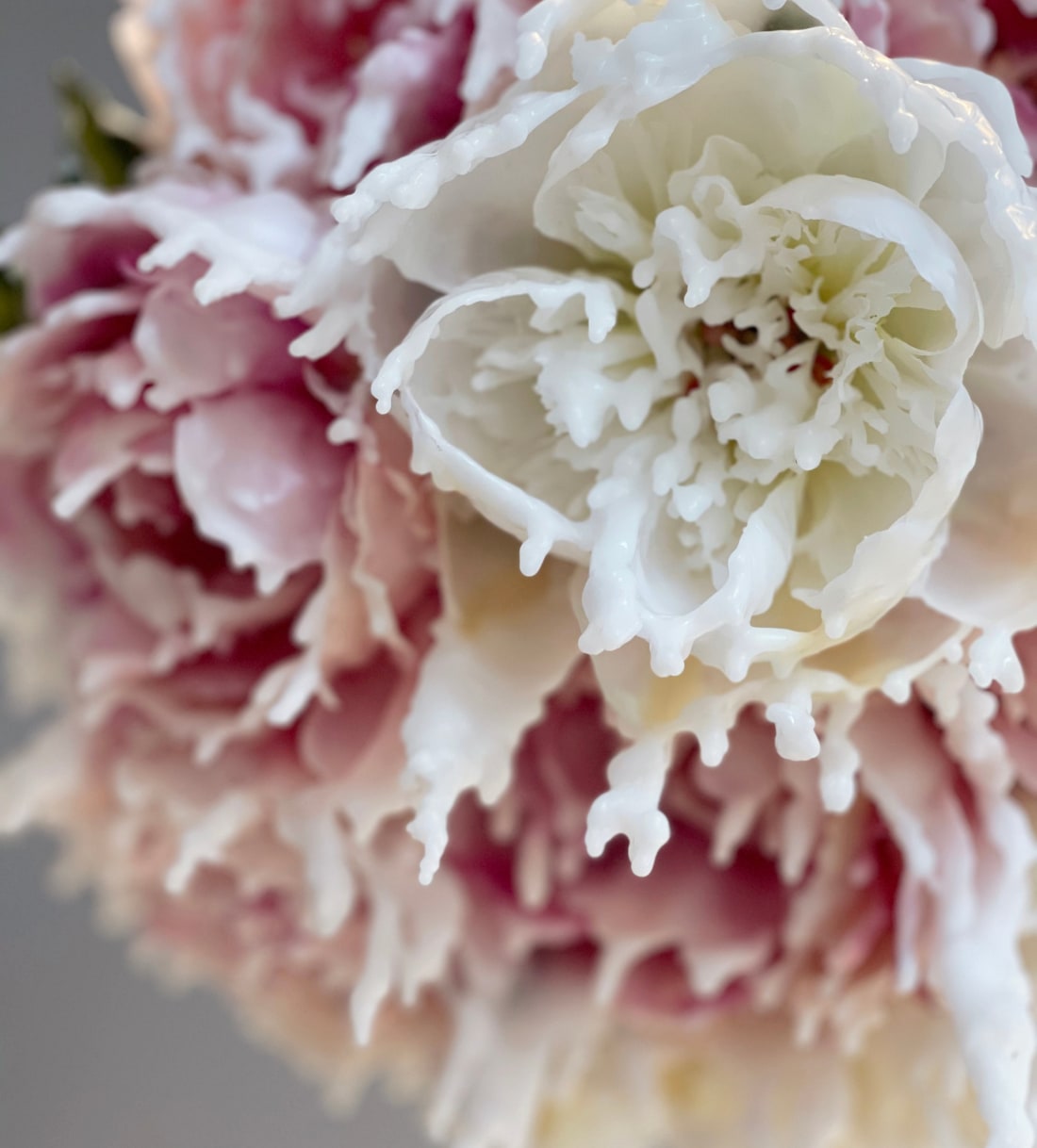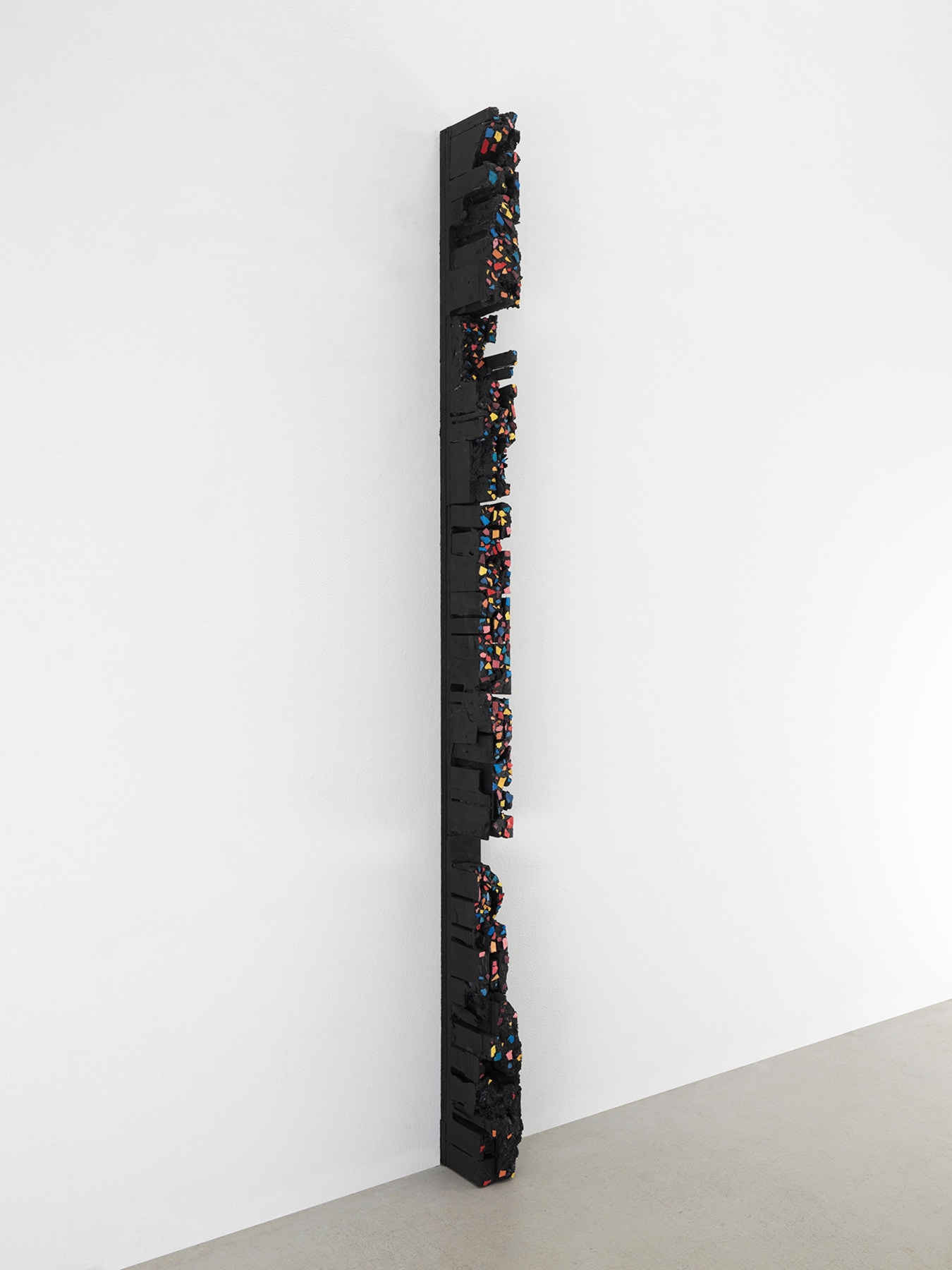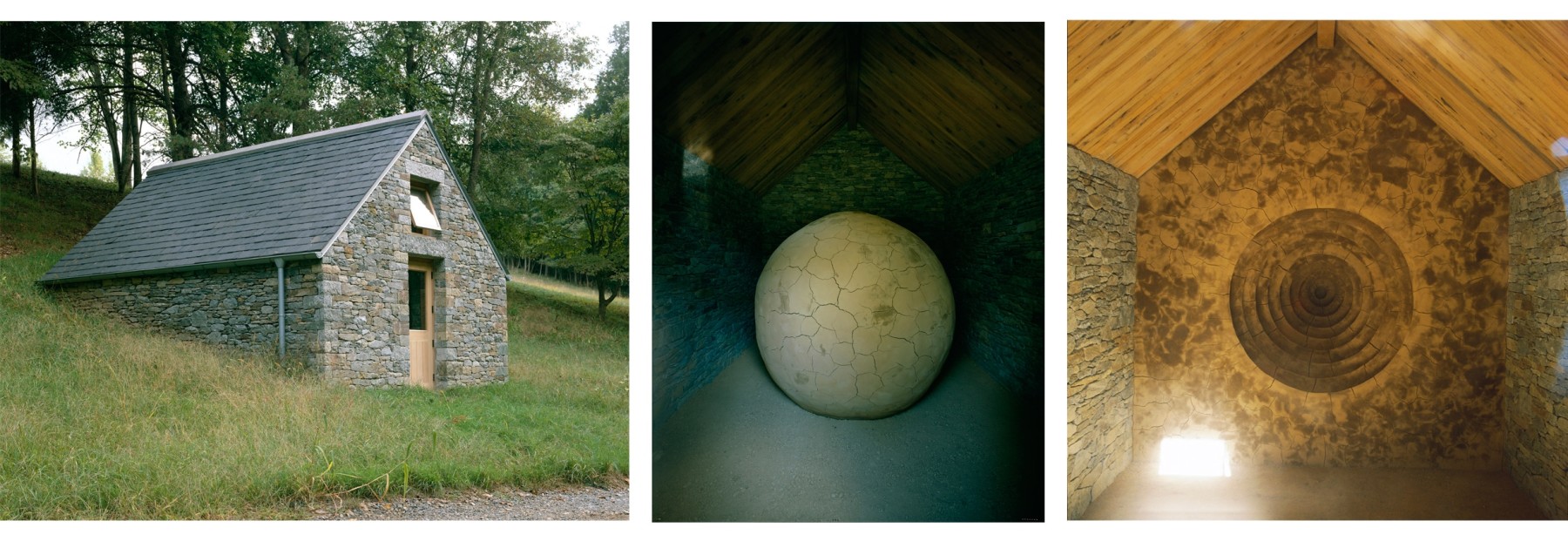
Petah Coyne
Untitled #1529 (Ana), 2021
Specially-formulated wax, silk flowers, pigment, wire, jaw-to-jaw swivel, quick-link shackles, 5/16" Grade 30 Proof coil chain, silk Duchesse satin, paper towels, Velcro, thread, plastic
24 x 14.5 x 14 inches (61 x 36.8 x 35.6 cm)
(GL14995)























